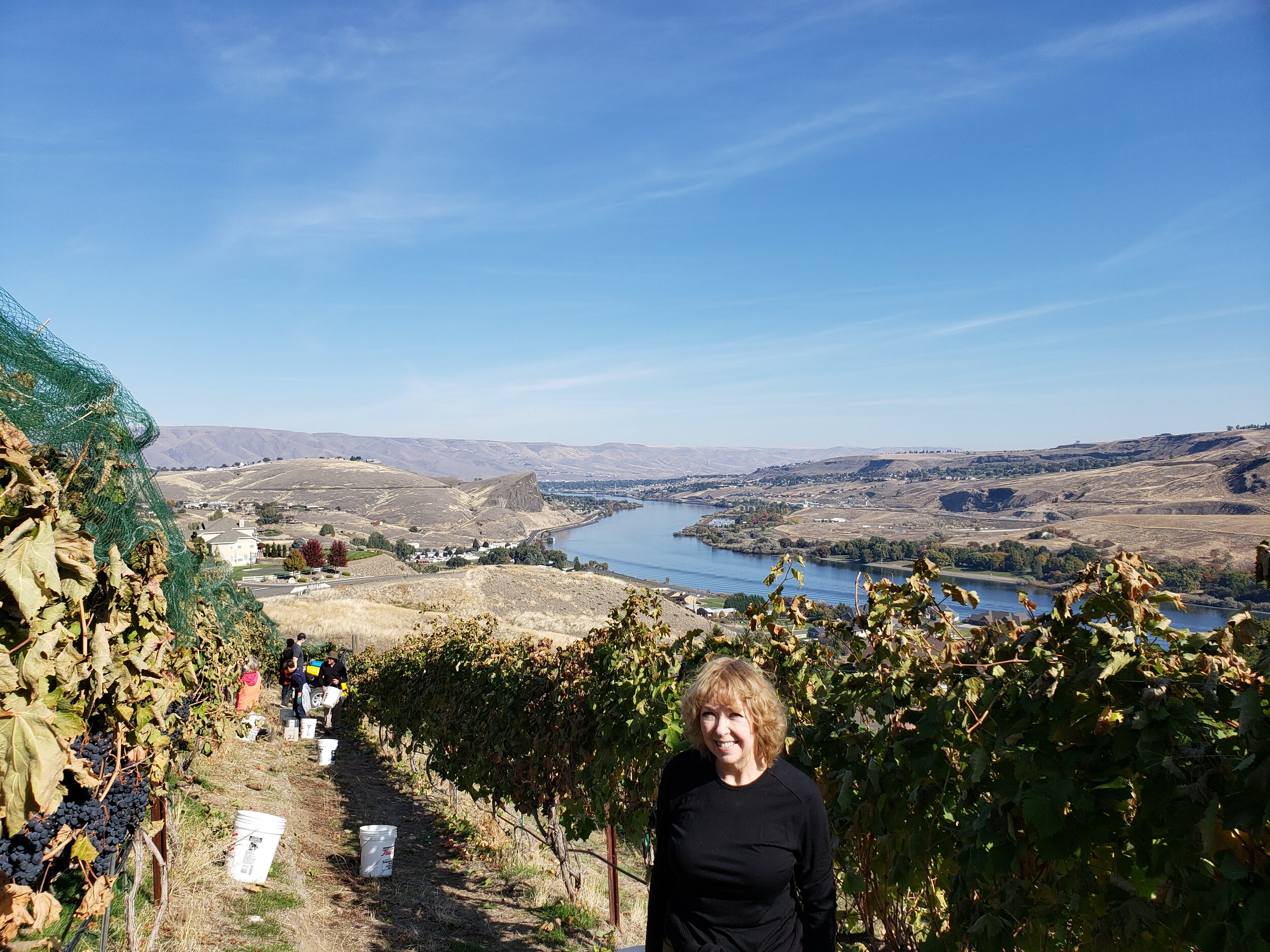Paradise Already Found: Snake River Recreation
Wanda Keefer | Clarkston, Washington
Kayakers and paddleboarders skim the smooth blue surface of the Snake River. On the shore, fishers drop lines in the water, families picnic in the grass, and cyclists spin along a 26-mile paved trail.
Churning into town on the river, enormous cruise boats bring hundreds of tourists into Clarkston (pop. 7,300). Most visitors then embark on another trip they’ve dreamed about – riding a jet boat into remote Hells Canyon, the deepest river gorge in North America.
This stretch of the Snake River, which divides Clarkston, Washington from Lewiston, Idaho, is a constant source of recreation, economic activity and accessible natural beauty for surrounding communities. Like the lakes and rivers that shape Seattle to the west, the Snake – just as it is – defines and inspires life in eastern Washington.
Lifeblood of a region
“Our interaction with the river is incredibly important to us. The water is in our DNA,” says Wanda Keefer, who moved to the area as a teen, when her father started a cattle ranch near the river.
In the mid-1970s, construction of the Lower Granite Dam, one of four hydropower dams on the Snake, created a wide lake that winds through Clarkston. It became a boon for swimmers, fishers and boaters. The dams and locks on the Snake River also transformed Clarkston into a full-service inland port, allowing large commercial vessels – like barges and cruise boats – to reach the city.
Bucket list destination
Several times a week from April to November, eight large cruise boats bring thousands of passengers up the Columbia and Snake rivers to Clarkston, generating $3.4 million in economic activity each year, according to Visit Lewis Clark Valley, a tourism group.
Wanda, manager of the Port of Clarkston, says even that figure underestimates the industry’s contribution to the local economy because it includes only discretionary spending by passengers and crew while they’re in town. It leaves out what the cruise lines spend on fuel, food, linens and other big-ticket items.
Local jet boat outfitters extend visitors’ river experience, ferrying them into the far reaches of Hells Canyon. Their welded-aluminum boats, hand-built in the community, offer rides through Class 4 and 5 whitewater rapids, and fishing trips and sightseeing tours.
“Visiting this area is a bucket list, once in a lifetime experience.”






Benefits that people built lives around
Out-of-town proponents of dam removal say it will “free the Snake” and turn the Lewis Clark Valley into an outdoor-adventure wonderland. Longtime residents like Wanda shake their heads, pointing to the easy river access, hundreds of miles of languid lakes, and water-based recreation that are already there. Benefits, she notes, that are made possible by the dams.
“It’s easier to dismiss things that you’ve never seen for yourself. How can you say the dams have no value, if you have no sense of the experiences that have drawn us here and have kept us here over time?”
5 things about Wanda Keefer
As a teenager, Wanda helped her dad by retrieving their cattle out of the Snake River canyon and chasing them up hillsides and back to their ranch
A certified public accountant, she has a master’s degree in public administration from University of Montana
She enjoys oil and plein air painting, exhibiting 84 pieces in the 2019 Lewiston Artwalk
She’s the mother of twin sons, now grown
An avid audiobook listener and history lover, Wanda recently downloaded Boccaccio’s “The Decameron”

